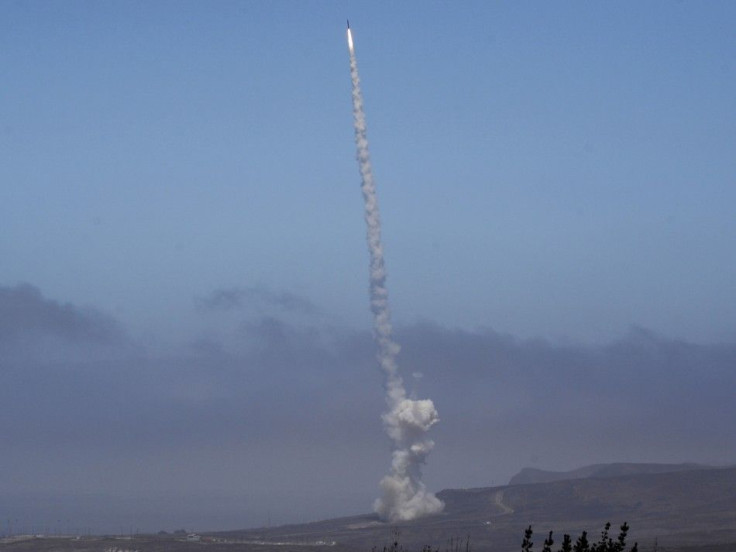British PM Cameron’s Austerity At Work: Defence Budget Facing One Billion Pound Cut

The centre-right Conservative party’s election victory in Britain will soon have its impact on the defence budget. A massive cut is in the offing and critics are concerned that it will dent Britain’s operational capacity. Chancellor of the Exchequer, George Osborne is said to be going ahead with military austerity measures worth £1 billion in the fiscal year.
It also raises questions on Britain’s ability to adhere to NATO norms that stipulates 2 percent of GDP for defence. The move also puts to question, Britain’s commitment on the contribution of two percent of gross domestic product to NATO. The Treasury has requested the Ministry of Defence to make necessary provisions to enforce cuts of £1 billion.
In a statement, the Defence ministry spokesperson said: “We are confident that we will spend two percent of GDP on defense in this financial year. The prime minister has made clear that there will be an annual one percent real-terms increase in spending on defence equipment throughout this parliament.”
Savings are expected from the delayed induction of certain equipment, such as the long delayed F-35 Typhoon combat aircraft. However, defense analyst Paul Beaver said holding back equipment induction may not help in achieving enough savings. “The only way to make the full savings is by stopping doing things. That is really, really difficult.”
The U.S. Concern
Besides domestic concerns, the move by the U.K. is also seen with trepidation by the U.S., which wants the U.K. to maintain its 2 percent NATO target. In February, the Chief of Staff of U.S. Army, Raymond Odierno, raised concerns over the possible U.K. defence cuts and said, “We have a bilateral agreement to work together. It is about having a partner that has very close values and the same goals as we do. What has changed, though, is the level of capability. In the past we would have a British Army division working alongside an American army division."
The stated austerity plans of Conservatives include delivering 30 billion pounds ($46 billion) of cuts by 2018. But the main concern is about the wisdom behind such hefty cuts in strategic areas, which are antithetical to the norms of NATO, noted Michael Clarke, director general of the Royal United Services Institute, a U.K. defence Think Tank in London.
Defence Review
Meanwhile, a Bloomberg report said PM Cameron has announced an unscheduled review of Britain’s defense capabilities to coincide with the plans of the government to invest 160 billion pounds on new military equipment in the next 10 years. The Queen’s speech in Parliament has already reaffirmed the U.K.’s commitment to be “at the forefront of the NATO alliance” though the spending goal was left untouched. As of now, Britain is the only West European nation that is meeting the NATO goal in military spending and may do so in 2015 also, before the proposed cuts kick in.
(For feedback/comments, contact the writer at k.kumar@ibtimes.com.au)





















